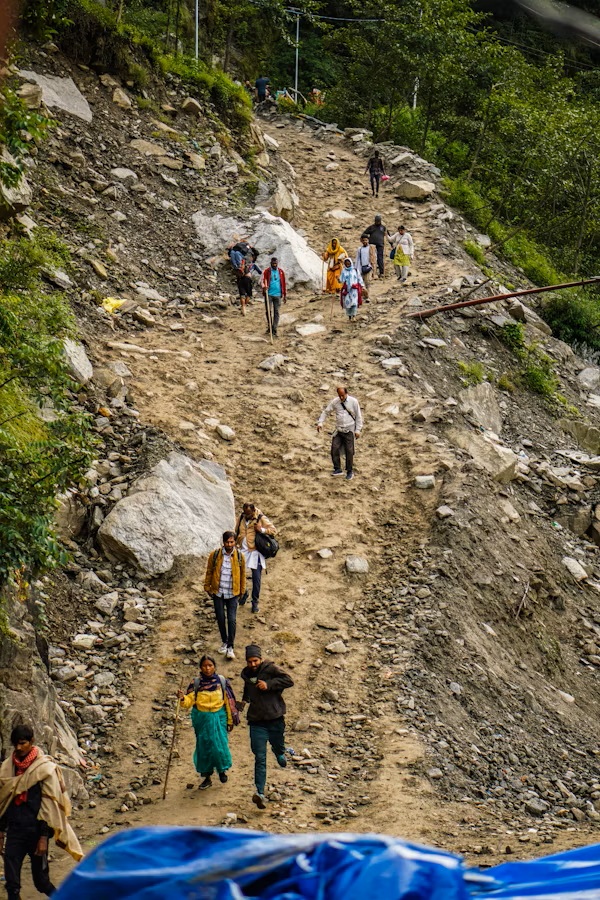
By Newswriters.in Editorial Desk
In recent months, Uttarakhand has witnessed a spate of devastating landslides, causing loss of life, property damage, and widespread disruption. Such tragedies, unfortunately, have become almost routine reminders of the fragile ecological balance in the Himalayan region. Whenever disasters of this magnitude strike, debates erupt across social, political, and academic circles, focusing on environmental degradation, unplanned urbanization, and climate change. Media coverage, as expected, is extensive during the peak of such events. However, once the immediate tragedy fades from public attention, reporting tends to dwindle, leaving discussions unfinished and public awareness limited.
The pattern of reporting reflects the prevalence of “conflict journalism,” which prioritizes dramatic events, controversies, and blame over in-depth analysis or constructive discourse. While conflict journalism can alert authorities and audiences to crises, it often misses the opportunity to inform the public about solutions, preventive measures, and long-term implications. In the context of Uttarakhand’s recurring landslides, “solutions journalism” could serve as a more impactful approach. By highlighting sustainable development practices, effective disaster management strategies, and community-led adaptation efforts, media can play a pivotal role in fostering preparedness and resilience rather than just reporting destruction.
Local observations also underscore the tangible impact of climate change. Residents of Mussoorie, for instance, recall summers that were once comfortably mild, requiring light woolens even during the hottest months. Today, summers in Mussoorie are noticeably hotter, a shift that affects local ecology, water resources, and agriculture. Such subtle yet significant changes in weather patterns reinforce the urgency of addressing climate risks through informed policymaking and public engagement.
Experts argue that repeated tragedies like landslides are not merely natural phenomena but a combination of environmental vulnerability and human activity, including deforestation, poorly planned construction, and inadequate drainage systems. While these are often discussed during the immediate aftermath, sustained reporting on mitigation, risk reduction, and climate adaptation strategies is sparse.
It is imperative for the media to move beyond episodic coverage of disasters and embrace solution-oriented reporting. By doing so, journalism can help communities anticipate risks, policymakers implement resilient infrastructure, and citizens adopt sustainable practices. In the fragile landscapes of Uttarakhand, where mountains, rivers, and human settlements coexist in delicate balance, this shift from conflict to solutions in reporting is not just desirable—it is essential.
Photo: Vinay Manda

